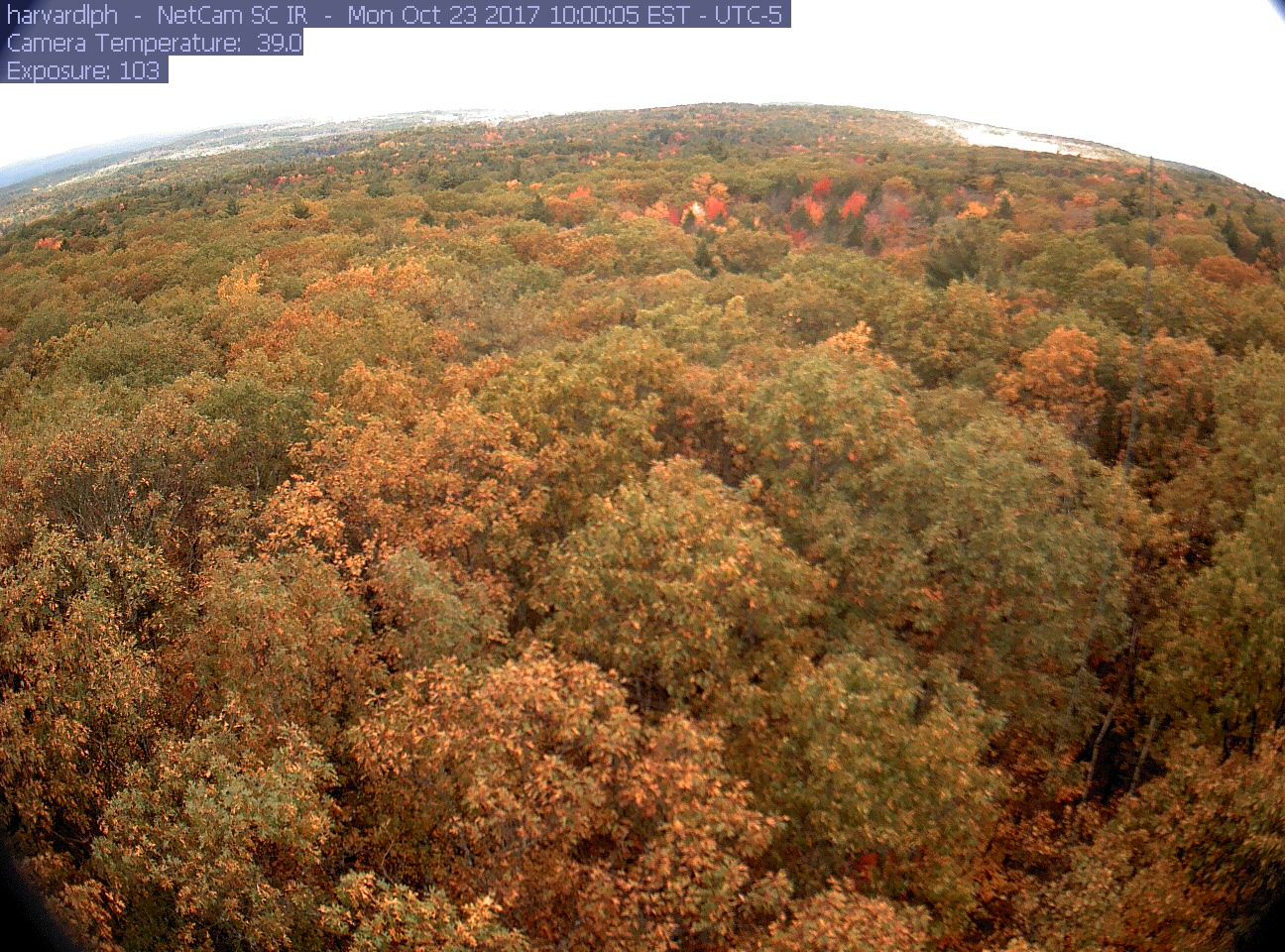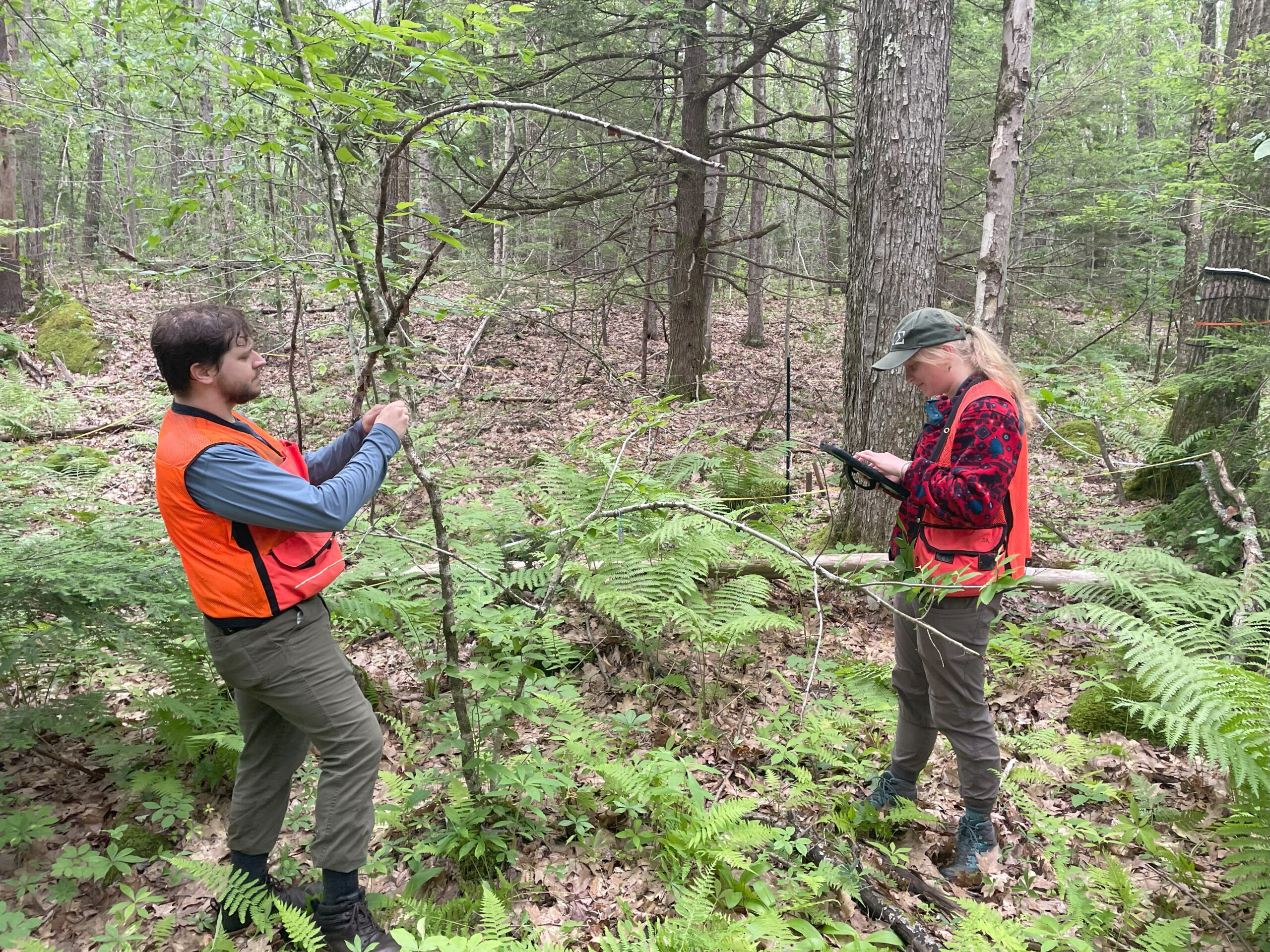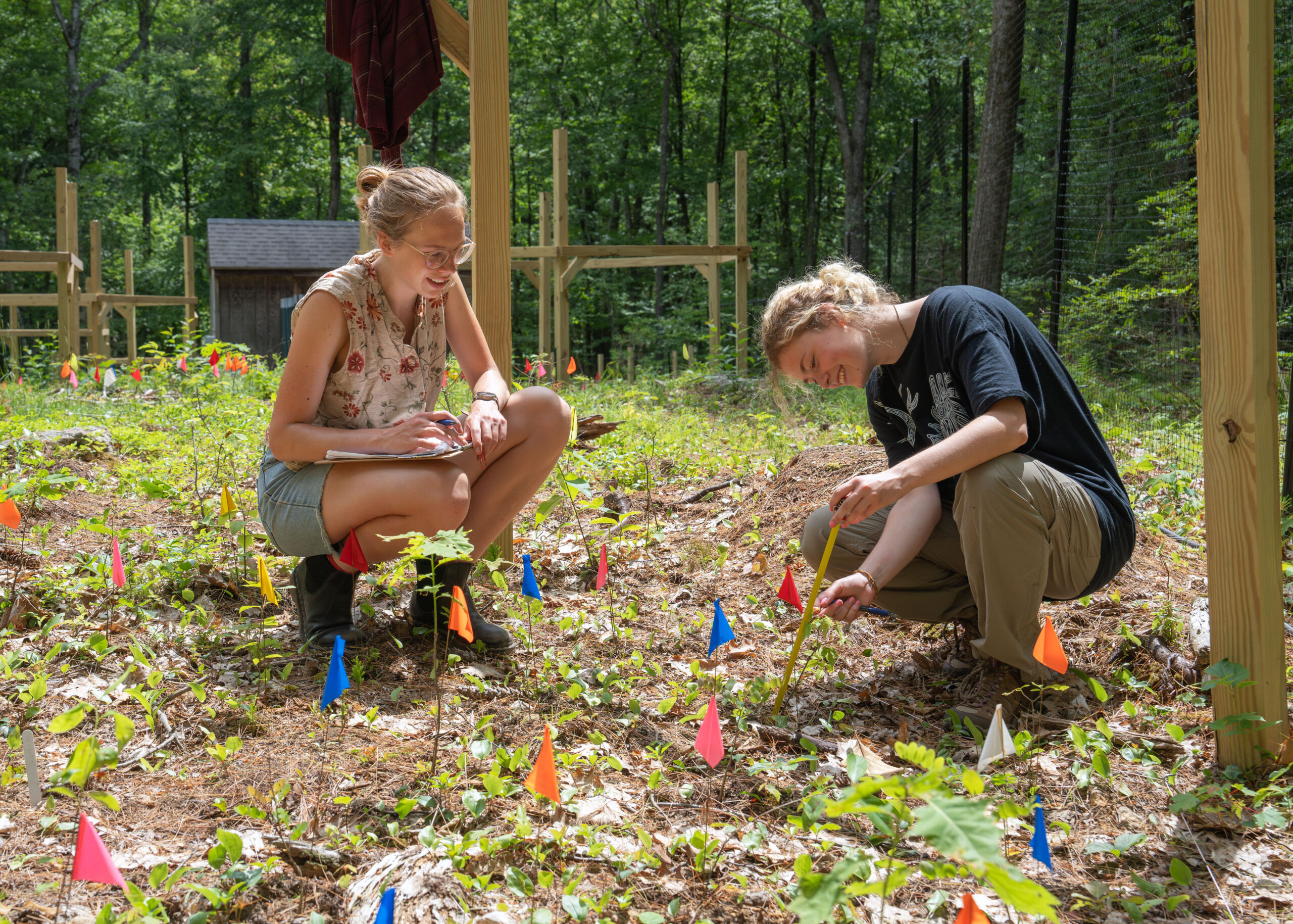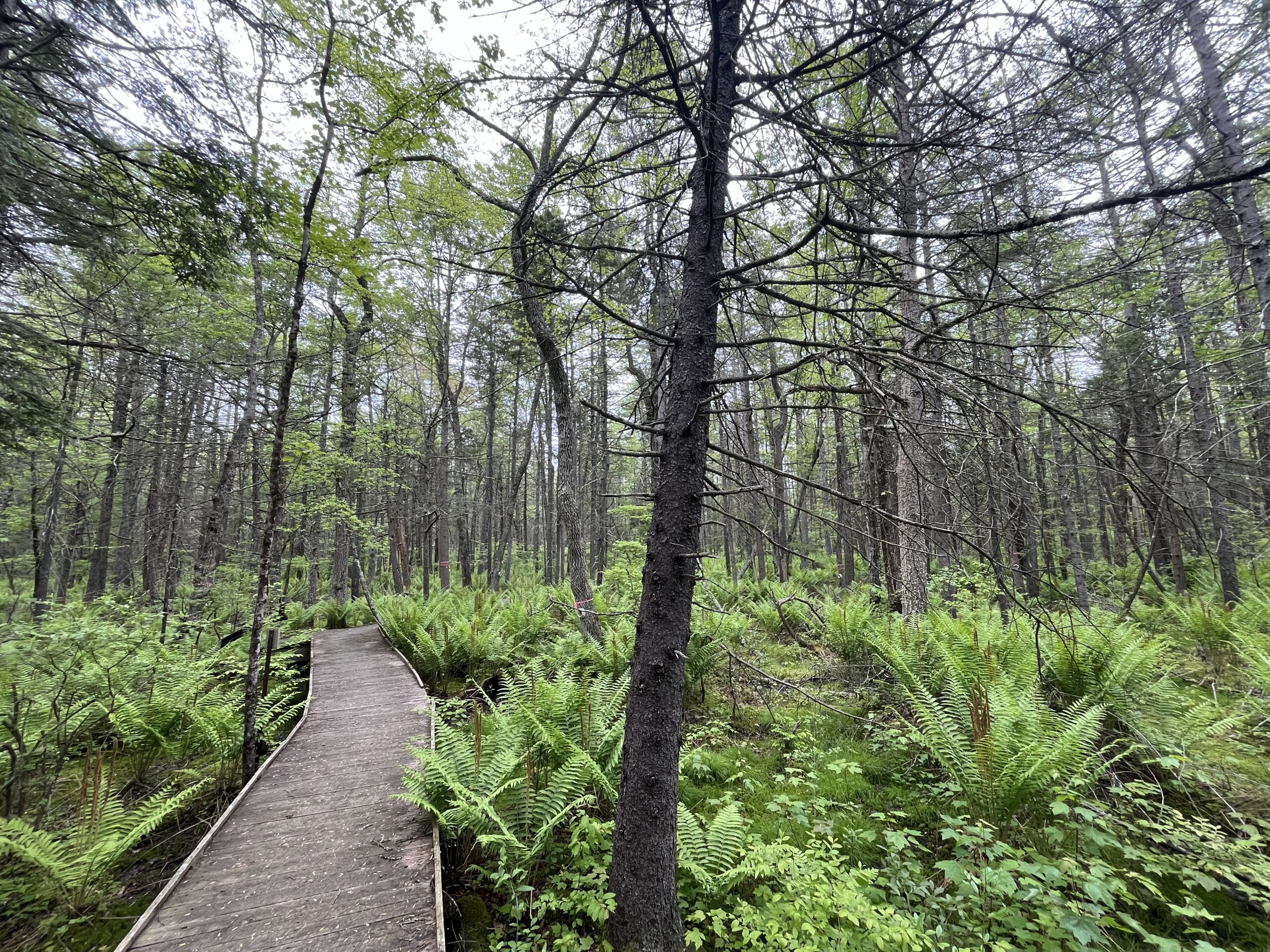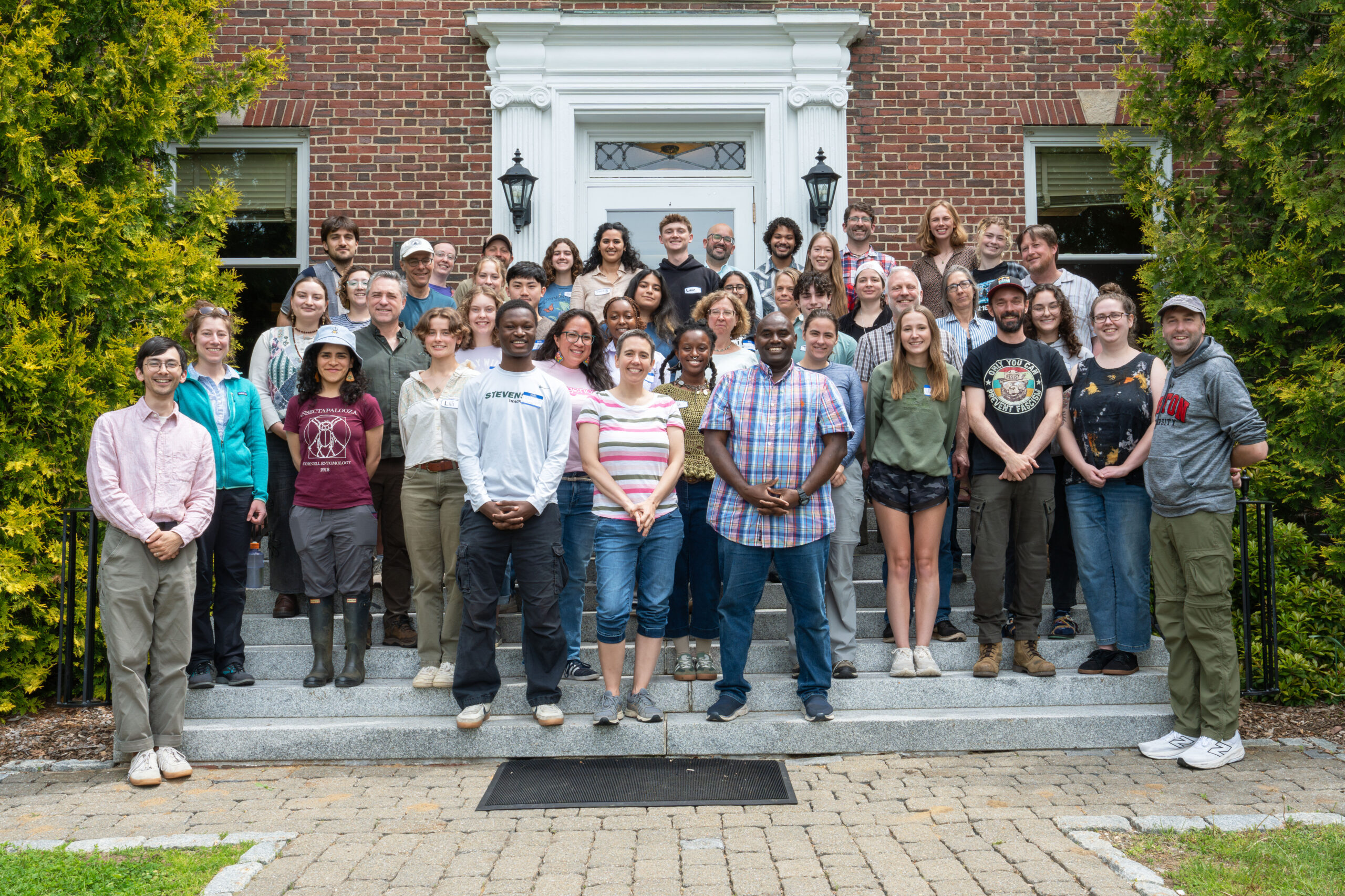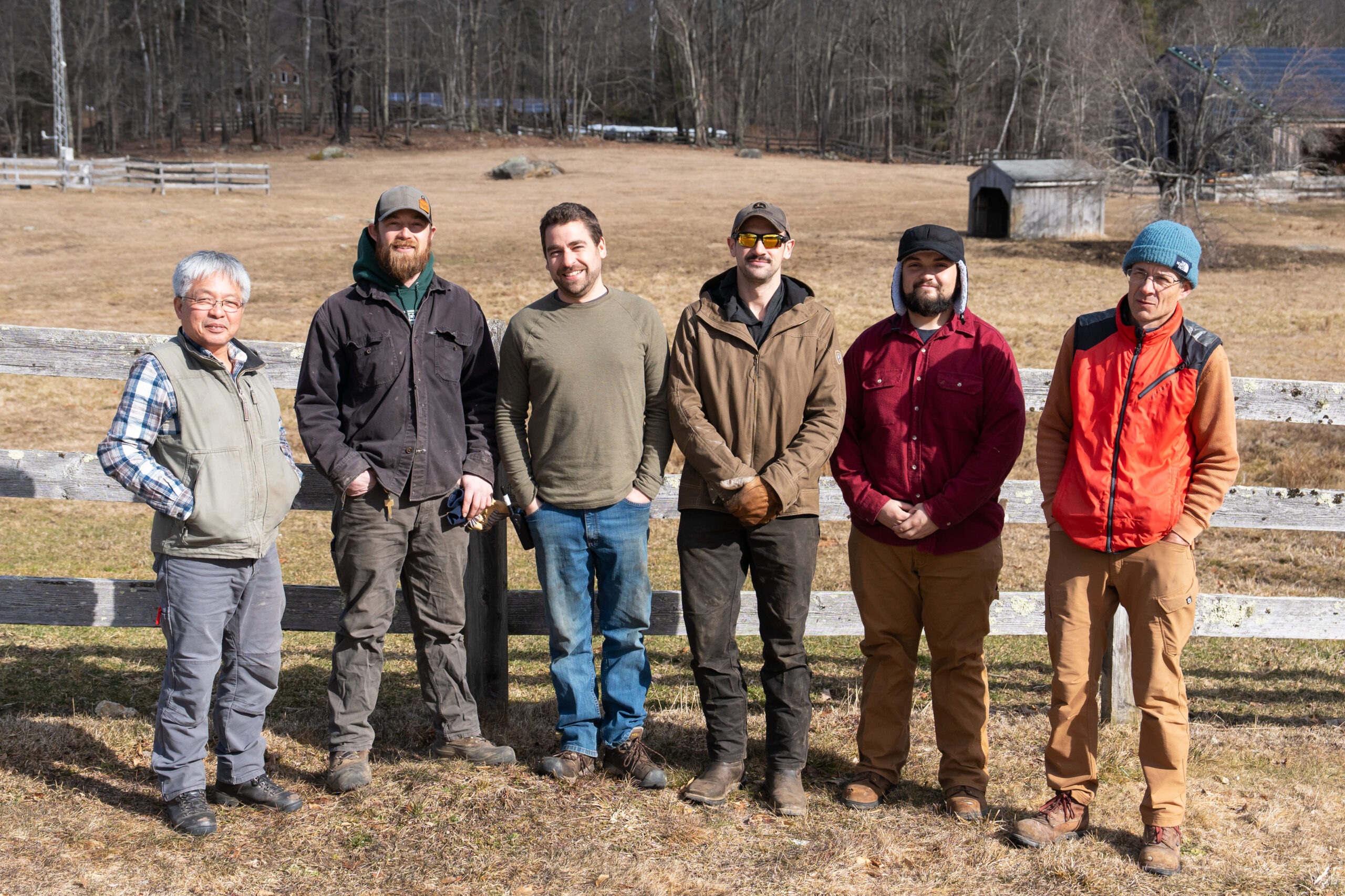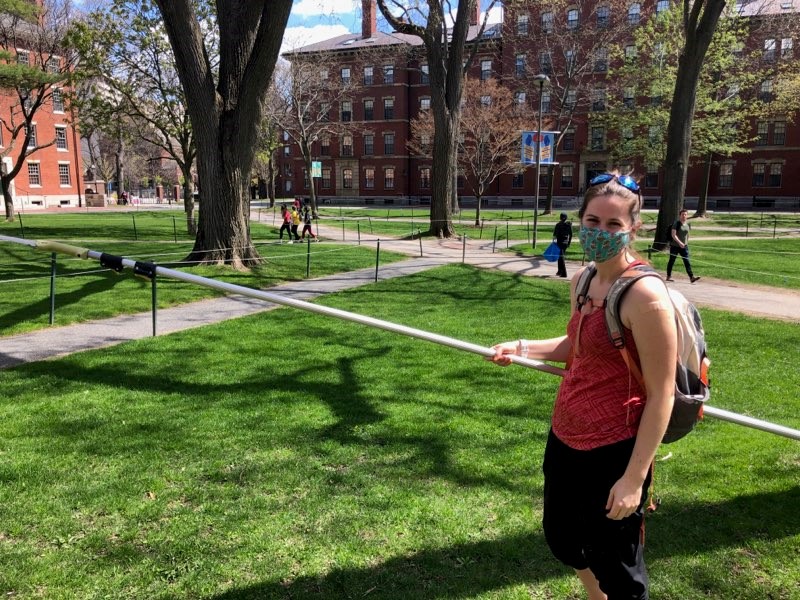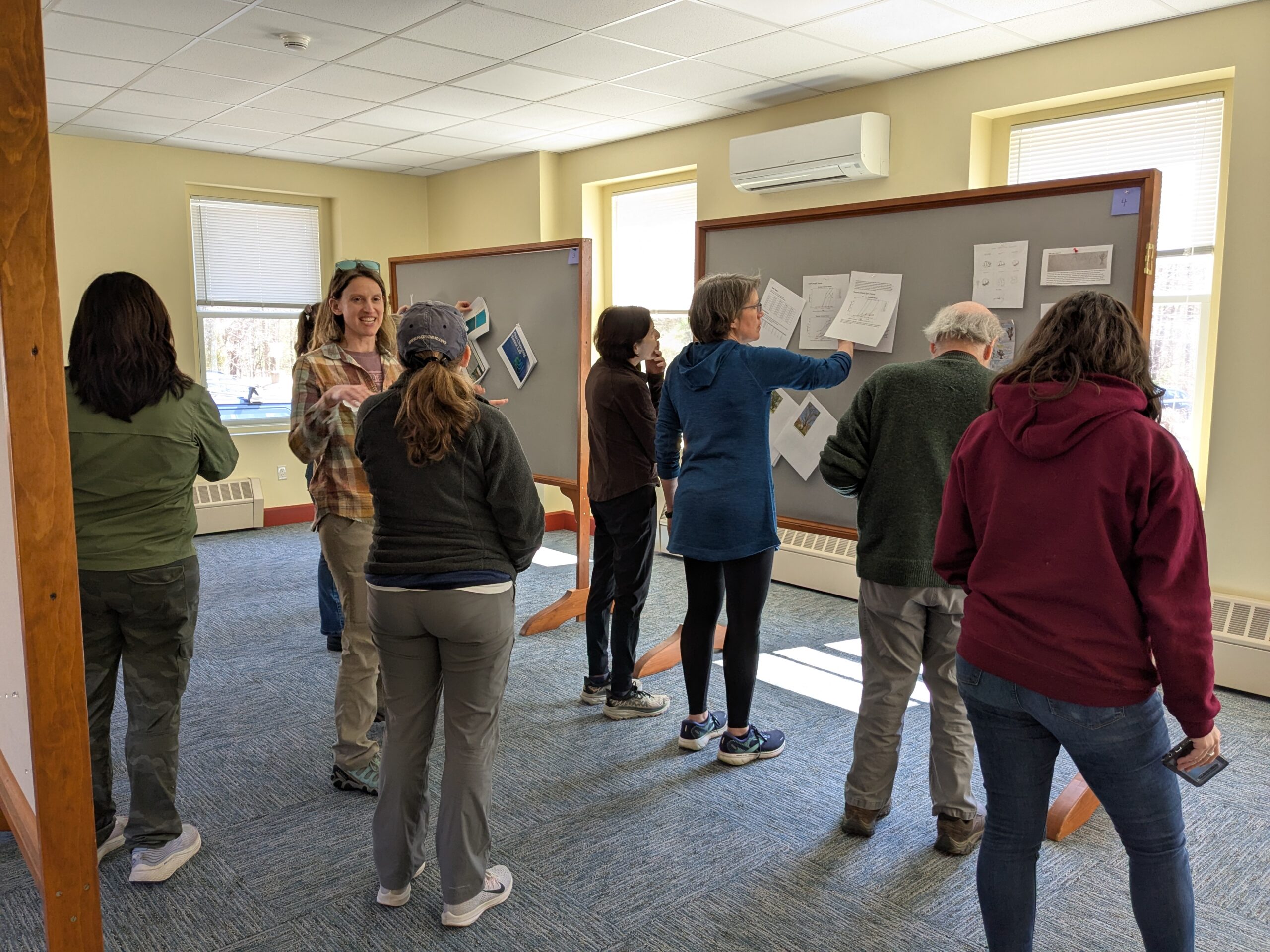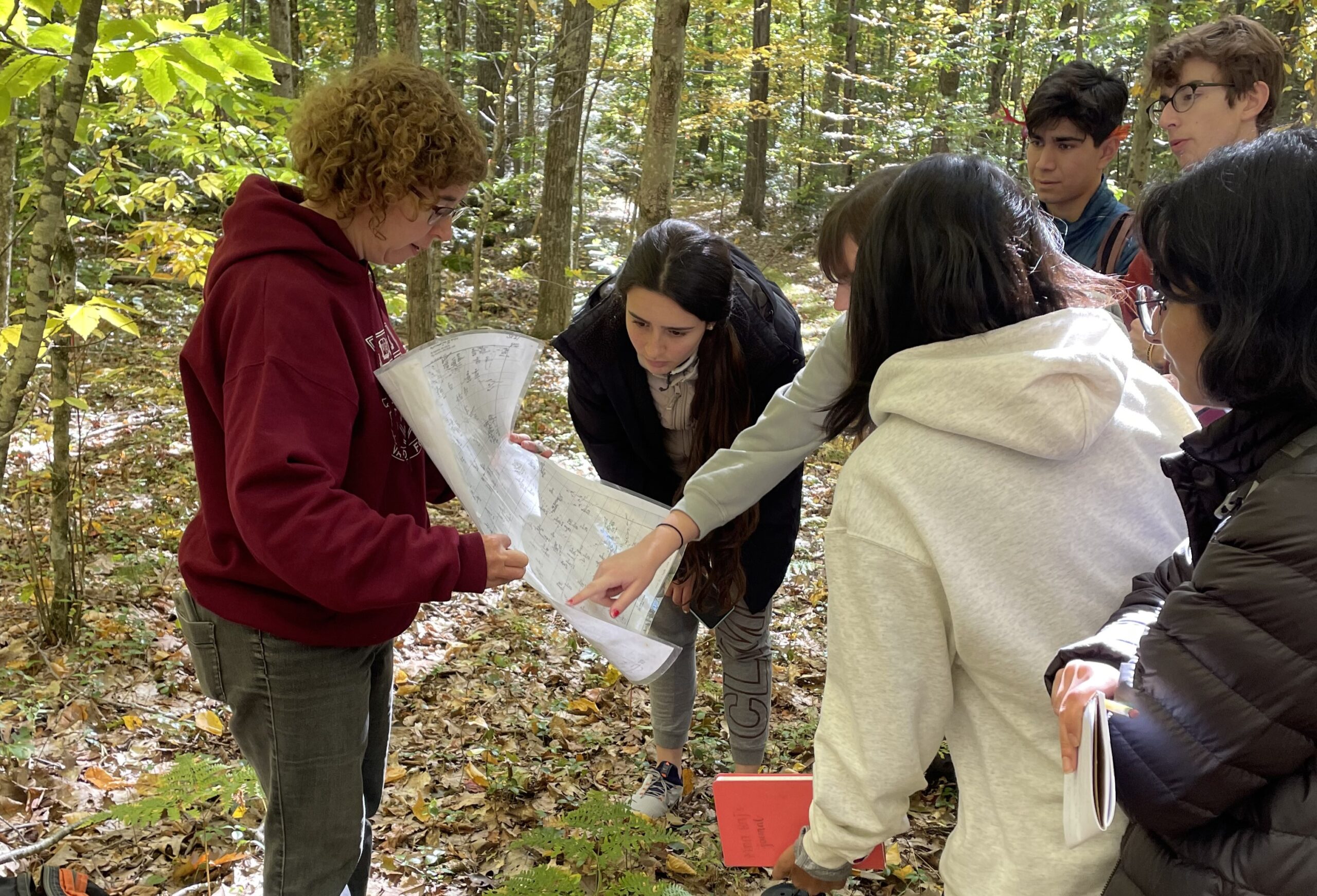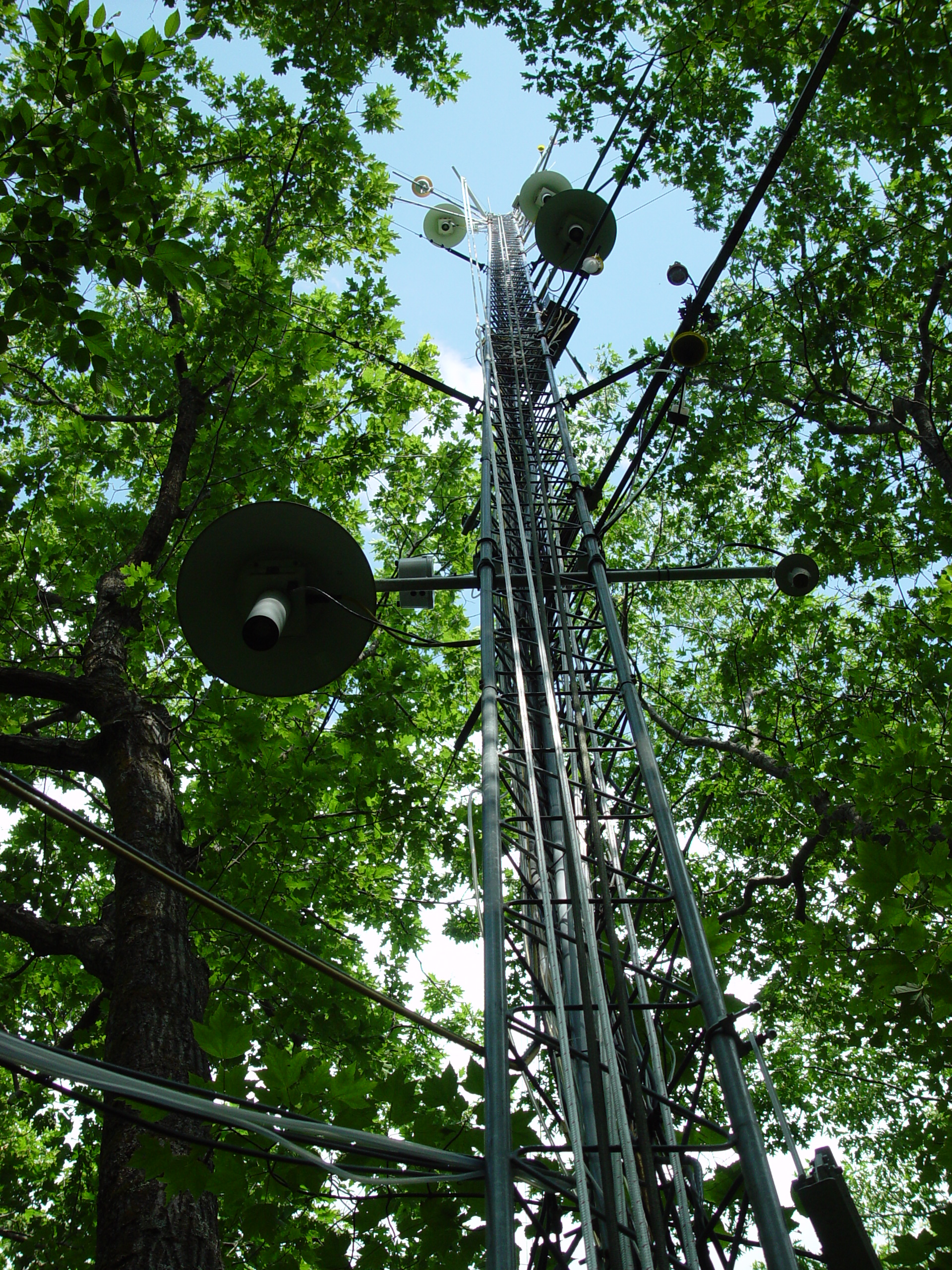
Job Description
Job Summary:
We seek a colleague with a successful research, publication, and funding record to join the Harvard Forest senior research staff. We hope to identify a candidate who will lead science and operations of the Harvard Forest’s long-running eddy covariance towers, and who will flourish in our collaborative intellectual environment. As a research department, we are connected to many departments and schools across Harvard University and other institutions. From a rural field station setting, with robust long-long-term ecological research experiments, Harvard Forest scientists build transformative research programs that serve stakeholders across the region and globe and prepare a diverse next generation of ecologists and land stewards.
A core part of this position is to lead long-term sites that form the backbone of Harvard Forest’s long-term carbon budget by measuring ecosystem CO2, water, and energy fluxes. The EMS site includes a new (2025) tower to carry on the flux measurement record at this site that began in 1991, and the Hemlock site was established in 2004 and updated in 2014. We welcome additional research foci that augment and enhance existing programs at the Harvard Forest and leverage established archival, land, and research infrastructure developed over more than a century of study. The researcher will join a collaborative group of senior scientists who design, fund, conduct, and publish research relating to forested landscapes of New England; advance engagement with relevant policy- and decision-makers; and collaborate with a wide network of external researchers. Senior researchers’ salaries are department-funded, and scientists are expected to develop an externally funded research program. Senior Scientists mentor undergraduates—from Harvard and elsewhere—in Harvard Forest summer/winter internships and co-curricular programs. They may also advise graduate students and post-doctoral fellows as part of their research program and contribute to our renowned K-12 education program. Harvard Forest research is globally valued and highly visible; as such, willingness to engage with the news media, policymakers, and stakeholders in partnership with the Forest’s public engagement staff is also a key element of the position.
Job-Specific Responsibilities:
We seek someone who will:
- Apply for and secure external funding to support personnel and operations of the Harvard Forest eddy covariance towers and associated measurements.
- Supervise, manage, and lead a lab group with funded technicians and postdoctoral fellows.
- Develop new collaborations that lead to external proposals and new funded research projects based at Harvard Forest.
- Lead impactful manuscripts that synthesize existing data from Harvard Forest.
- Leverage the infrastructure base provided by existing research laboratories, 1750-hectare land base, archival records, and long-term site-to-regional studies.
- Mentor undergraduate students in the Harvard Forest Summer Research Program and contribute to academic-year programs that engage diverse students across disciplines. There are also opportunities to advise graduate students and post-doctoral fellows and to contribute to the Harvard Forest K-12 education program
- Translate their research for news media and stakeholders to contribute to broad uptake
- Collaborate with Harvard Forest colleagues to share research results that guide policy, improve livelihoods, inform land stewardship, and address environmental challenges.
We encourage applicants from all career stages.
Working Conditions:
This position requires an on-site presence in Petersham, MA. The selected candidate will be expected to be on campus as business needs require, with specific days and times to be determined in consultation with your manager. Please note that while the position is based in Petersham, MA, it may also require occasional travel to Cambridge, MA, approximately 2–3 times per month.
Qualifications
Basic Qualifications:
- PhD required.
- Post-doctoral fellowship or similar experience
Additional Qualifications and Skills:
- Evidence of research productivity
- Evidence of/Potential for securing research funding
- Evidence of/Potential for scholarly impact
- Evidence/Potential for student mentorship (undergraduates, graduate students, and/or post-docs)
- Commitment to collaboration with colleagues
- Alignment with Harvard Forest priorities (placed-based research, use of land/facilities)
Additional Information
- Standard Hours/Schedule: 35 hours per week
- Visa Sponsorship Information: Harvard University is unable to provide visa sponsorship for this position
- Pre-Employment Screening: Identity, Education, Motor Vehicle Record
- Other Information: All formal offers will be made by FAS Human Resources
- Applicants MUST submit a cover letter in addition to their resume in order for their application to be reviewed.
- Selected Applicants should be prepared to submit a Research Statement describing the following:
- Research program growth and development to date,
- Future directions, including ideas for utilizing the Harvard Forest eddy covariance towers and associated measurements
- Integration of mentorship, and
- The fit between the individual’s expertise and interests and current work and facilities at the Harvard Forest (see https://harvardforest.fas.harvard.edu/ )
- Finalists will be asked to submit three professional references
Work Format Details
This is a position that is based at a Harvard campus location with some remote work options available. Additional details will be discussed during the interview process. All remote work must be performed within one of the Harvard Registered Payroll States, which currently includes Massachusetts, Connecticut, Maine, New Hampshire, Rhode Island, Vermont, Georgia, Illinois, Maryland, New Jersey, New York, Virginia, Washington, and California (CA for exempt positions only). Certain visa types and funding sources may limit work location. Individuals must meet work location sponsorship requirements prior to employment.
Salary Grade and Ranges
This position is salary grade level 059. Please visit Harvard’s Salary Ranges to view the corresponding salary range and related information.
Benefits
Harvard offers a comprehensive benefits package that is designed to support a healthy work-life balance and your physical, mental and financial wellbeing. Because here, you are what matters. Our benefits include, but are not limited to:
- Generous paid time off including parental leave
- Medical, dental, and vision health insurance coverage starting on day one
- Retirement plans with university contributions
- Wellbeing and mental health resources
- Support for families and caregivers
- Professional development opportunities including tuition assistance and reimbursement
- Commuter benefits, discounts and campus perks
Learn more about these and additional benefits on our Benefits & Wellbeing Page.
EEO/Non-Discrimination Commitment Statement
Harvard University is committed to equal opportunity and non-discrimination. We seek talent from all parts of society and the world, and we strive to ensure everyone at Harvard thrives. Our differences help our community advance Harvard’s academic purposes.
Harvard has an equal employment opportunity policy that outlines our commitment to prohibiting discrimination on the basis of race, ethnicity, color, national origin, sex, sexual orientation, gender identity, veteran status, religion, disability, or any other characteristic protected by law or identified in the university’s non-discrimination policy. Harvard’s equal employment opportunity policy and non-discrimination policy help all community members participate fully in work and campus life free from harassment and discrimination.
